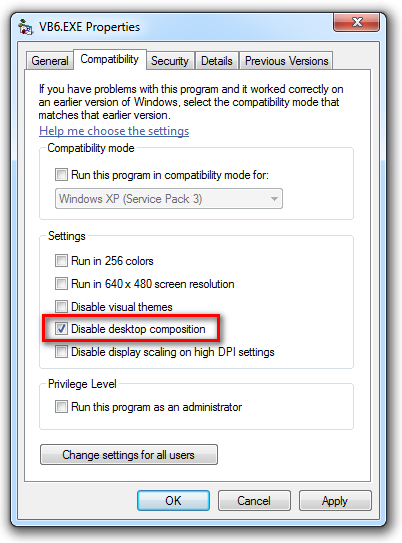

#Vb net service assign hotkey code
ProjectToolStripMenuItem1.Visible = FalseĪdd a button control on the form with text 'Show Project'.Īdd the following code snippet to the Button1_Click event −

Private Sub Form1_Load(sender As Object, e As EventArgs) _ Let us hide the Project Menu on the menu bar.Īdd the following code snippet to the Form1_Load event − The Visible property of the ToolStripMenuItem class allows you to hide or show a menu item. In this example, let us continue with the example from the chapter 'VB.Net - MenuStrip control'. Occurs when the value of the CheckState property changes. Occurs when the value of the Checked property changes. The following are some of the commonly used events of the ToolStripMenuItem control − Sr.No. Gets or sets a value indicating whether the shortcut keys that are associated with the ToolStripMenuItem are displayed next to the ToolStripMenuItem. Gets or sets the shortcut keys associated with the ToolStripMenuItem. Gets a value indicating whether the ToolStripMenuItem appears on a multiple document interface (MDI) window list. Gets or sets a value indicating whether the control is enabled. Gets or sets a value indicating whether a ToolStripMenuItem is in the checked, unchecked, or indeterminate state. Gets or sets a value indicating whether the ToolStripMenuItem should automatically appear checked and unchecked when clicked. Gets or sets a value indicating whether the ToolStripMenuItem is checked. The following are some of the commonly used properties of the ToolStripMenuItem control − Sr.No. Properties of the ToolStripMenuItem Control You handle these menu items through the click events in a menu system. Range currentRange = .Range ĬurrentRange.Text = "This text was added by the context menu named My Button.The ToolStripMenuItem class supports the menus and menu items in a menu system. Public void GetButtonID(Office.IRibbonControl control) Public Sub GetButtonID(ByVal control As Office.IRibbonControl)ĭim currentRange As Word.Range = .RangeĬurrentRange.Text = "This text was added by the context menu named My Button." This code adds a string to the active document at the current location of the curser. The following callback method handles the My Button button. In Solution Explorer, choose MyRibbon.cs or MyRibbon.vb.Īdd a callback method to the Ribbon1 class for each control that you want to handle. For a complete list of Office 2010 shortcut control ID's, see Office 2010 help files: Office fluent user interface control identifiers. The control ID of this shortcut menu is ContextMenuText. The following example adds a button, a menu, and a gallery control to the shortcut menu for a word document. In the Code Editor, add XML that describes the shortcut menu and the control that you want to add to the shortcut menu. The Ribbon xml file opens in the Code Editor. By default, the Ribbon XML file is named Ribbon1.xml. In Solution Explorer, select the Ribbon XML file. Protected Overrides Function CreateRibbonExtensibilityObject() As protected override CreateRibbonExtensibilityObject() This code overrides the CreateRibbonExtensibilityObject method and returns the Ribbon XML class to the Office application. The ThisAddin class file opens in the Code Editor.Īdd the following code to the ThisAddin class. Solution Explorer, select ThisAddin.cs or ThisAddin.vb. For more information, see How to: Get started customizing the Ribbon. To add commands to shortcut menus in OfficeĪdd a Ribbon XML item to a document-level or VSTO Add-in project. See Features available by Office application and project type.
#Vb net service assign hotkey how to
This topic demonstrates how to add commands to a shortcut menu in an Office application by using a VSTO Add-in.Īpplies to: The information in this topic applies to document-level projects and VSTO Add-in projects.


 0 kommentar(er)
0 kommentar(er)
